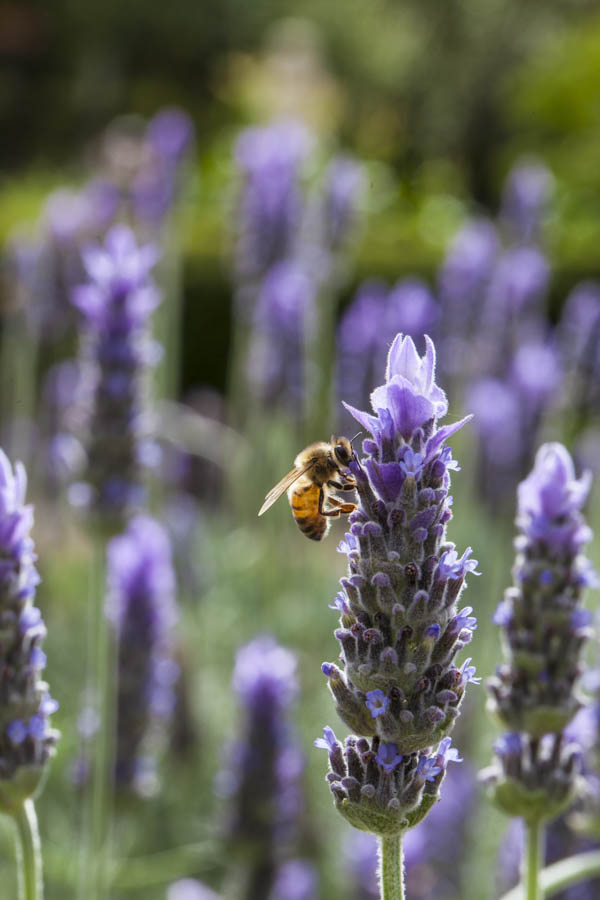Watering Lavender: Tips for Mediterranean Areas

As a native to the Mediterranean, Northern Africa and Europe, Lavender makes an ideal plant for growing in California and other similar Mediterranean climates. When grown in Mediterranean climates, it has only a few critical needs: one of them watering lavender correctly.
If winter rains have been sufficient, established lavender plants may need little or no watering until late spring or early summer. If there has been little or no rain in late winter and early spring, lavender may need occasional watering, about once every 3 to 8 weeks. After winter drought, water lavender in late winter or early spring after new growth is seen, to encourage spring blooming. Lavender thrives in dry conditions with occasional thorough soaking. Water lavender as deeply and infrequently as possible. As plants shows bud break or new growth, water slowly over a period of 1 to 5 hours at the plant’s dripline. Water new plantings frequently, once or twice per week in cool weather, 2 or 3 times per week during warm weather, and as often as every day or every other day during hot weather.
Lavender is highly dependent upon appropriate watering and can be killed easily through overwatering, poor drainage, or when root crowns are kept damp for more than brief periods. Established plants often need minimal watering and prefer a drying-out period between watering. Many varieties of lavender may reliably be eradicated through regular watering with sprinklers. Lavender should be watered at the edges of its root zone by hand, with drip, or with a hose left on a slow trickle in such a way that prevents the main stem, and the area where it meets the soil, from becoming wet or staying damp.
GardenZeus has customized gardening information by plant (including lavender!) and zip code. To get started, enter your zip code here.
Other articles of interest include: